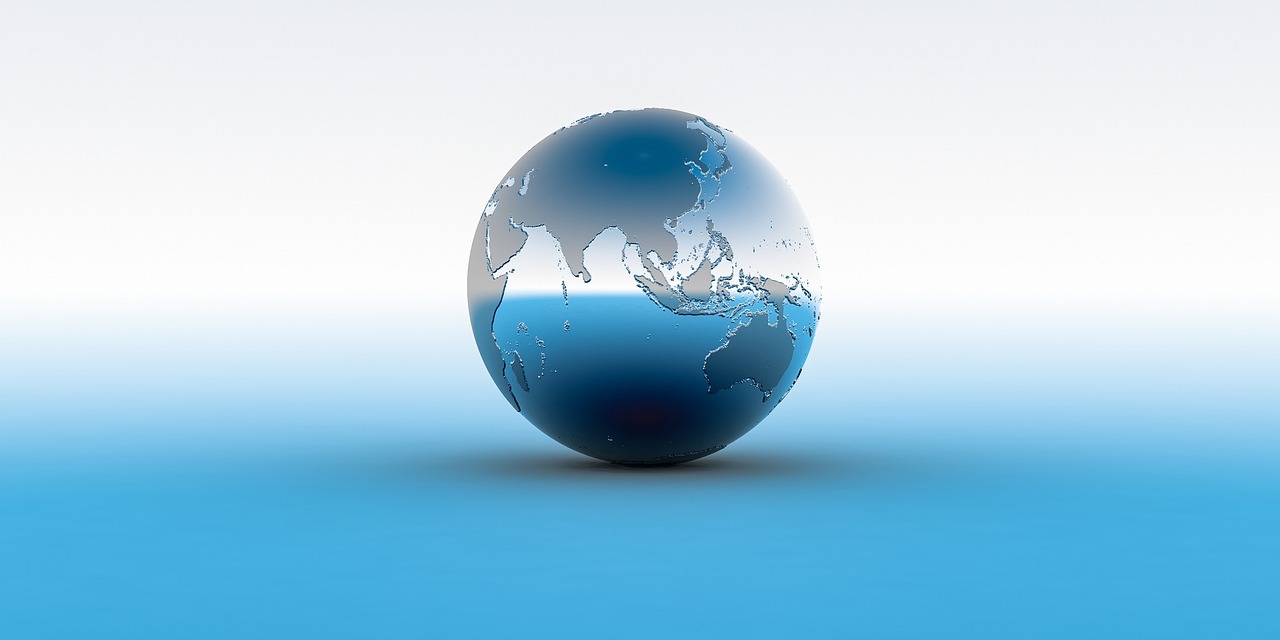Weathering Philippines: Seasonal Changes and What to Expect
The Philippines is a tropical country located in Southeast Asia. It is known for its beautiful beaches, lush rainforests, and vibrant culture. The country experiences a tropical climate, which means it is generally hot and humid throughout the year. However, there are distinct seasonal changes that affect the weather patterns in different regions of the Philippines. In this article, we will explore the seasonal changes in the Philippines and what you can expect during each season.
General Climate Overview
The Philippines has two main seasons: the dry season and the wet season. The dry season, also known as the summer season, typically lasts from November to April. During this time, the weather is generally hot and dry, with little to no rainfall. The wet season, also known as the rainy season, usually occurs from May to October. This is when the country experiences heavy rainfall and occasional typhoons.
Season 1: Summer (November to February)
During the summer season in the Philippines, the weather is generally hot and dry. The temperature can range from 25 to 35 degrees Celsius (77 to 95 degrees Fahrenheit), depending on the region. This is the peak tourist season in the country, as many people visit to enjoy the beautiful beaches and outdoor activities. Here are some things to expect during the summer season:
- Warm and sunny days: The days are generally sunny, with clear skies and minimal cloud cover. It is the perfect time to enjoy outdoor activities like swimming, snorkeling, and hiking.
- High humidity: The humidity levels can be quite high during the summer season, especially in coastal areas. It is important to stay hydrated and wear light, breathable clothing.
- Festivals and events: Many festivals and events take place during the summer season in the Philippines. The most famous one is the Ati-Atihan Festival in Kalibo, Aklan, which celebrates the Santo Niño (Child Jesus).
Philippines Image 1:

Season 2: Transition (March to May)
The transition period between summer and the rainy season is characterized by changing weather patterns. This is when the temperature starts to rise, and occasional rain showers begin to occur. Here are some things to expect during this transition period:
- Increasing temperatures: As the transition period progresses, the temperature gradually increases. It can reach up to 38 degrees Celsius (100 degrees Fahrenheit) in some areas.
- Intermittent rain showers: While the rainy season hasn’t fully set in, occasional rain showers can be experienced during this time. These showers help cool down the temperature and prepare the land for the upcoming wet season.
- Blooming flora: The transition period is also a time when flowers and plants start to bloom, adding vibrant colors to the landscape.
Season 3: Rainy Season (June to October)
The rainy season in the Philippines is characterized by heavy rainfall and occasional typhoons. This is when the country experiences the highest amount of precipitation. Here are some things to expect during the rainy season:
- Heavy rainfall: The rainy season brings intense rainfall, especially in the western parts of the country. It is not uncommon for floods to occur during this time, so it is important to stay updated with weather advisories and take necessary precautions.
- Tropical storms and typhoons: The Philippines is prone to tropical storms and typhoons during the rainy season. These weather disturbances can bring strong winds, heavy rain, and potential damage to infrastructure.
- Cooler temperatures: Due to the frequent rain showers and cloud cover, the temperature during the rainy season tends to be slightly cooler compared to the summer season.
Philippines Image 2:

Season 4: Transition (November to December)
The transition period between the rainy season and summer is characterized by improving weather conditions. The frequency of rain showers decreases, and the temperature starts to rise again. Here are some things to expect during this transition period:
- Gradual decrease in rainfall: As the transition period progresses, the amount of rainfall decreases, and the weather becomes more favorable for outdoor activities.
- Warmer temperatures: The temperature gradually increases, signaling the upcoming summer season.
- Celebrations and festivities: The transition period includes various celebrations and festivities, such as Christmas and New Year’s Eve, which are widely celebrated in the Philippines.
Season 5: Winter (January to February)
Although the Philippines does not experience a traditional winter season, the months of January and February are considered the coolest months of the year. Here are some things to expect during this period:
- Mild temperatures: The temperature during the winter months can range from 20 to 30 degrees Celsius (68 to 86 degrees Fahrenheit). It is relatively cooler compared to the other seasons.
- Less rainfall: The winter season is generally drier compared to the rainy season, with fewer rain showers and more sunny days.
- Popular tourist destinations: The cooler temperatures and less crowded tourist spots make it an ideal time to visit popular destinations like Baguio City, known for its cool climate and strawberry farms.
Philippines Image 3:

Conclusion
The Philippines experiences distinct seasonal changes, with the dry season and the wet season being the most prominent. Each season offers unique experiences and activities for visitors. Whether you prefer the sunny beaches of summer or the cooler temperatures of winter, there is something for everyone in the Philippines. It is important to plan your visit accordingly, taking into account the weather conditions and any potential weather disturbances during the rainy season.
References
– National Oceanic and Atmospheric Administration (NOAA) – https://www.noaa.gov/
– Philippine Atmospheric, Geophysical and Astronomical Services Administration (PAGASA) – https://www.pagasa.dost.gov.ph/
– Department of Tourism, Philippines – https://www.tourism.gov.ph/


